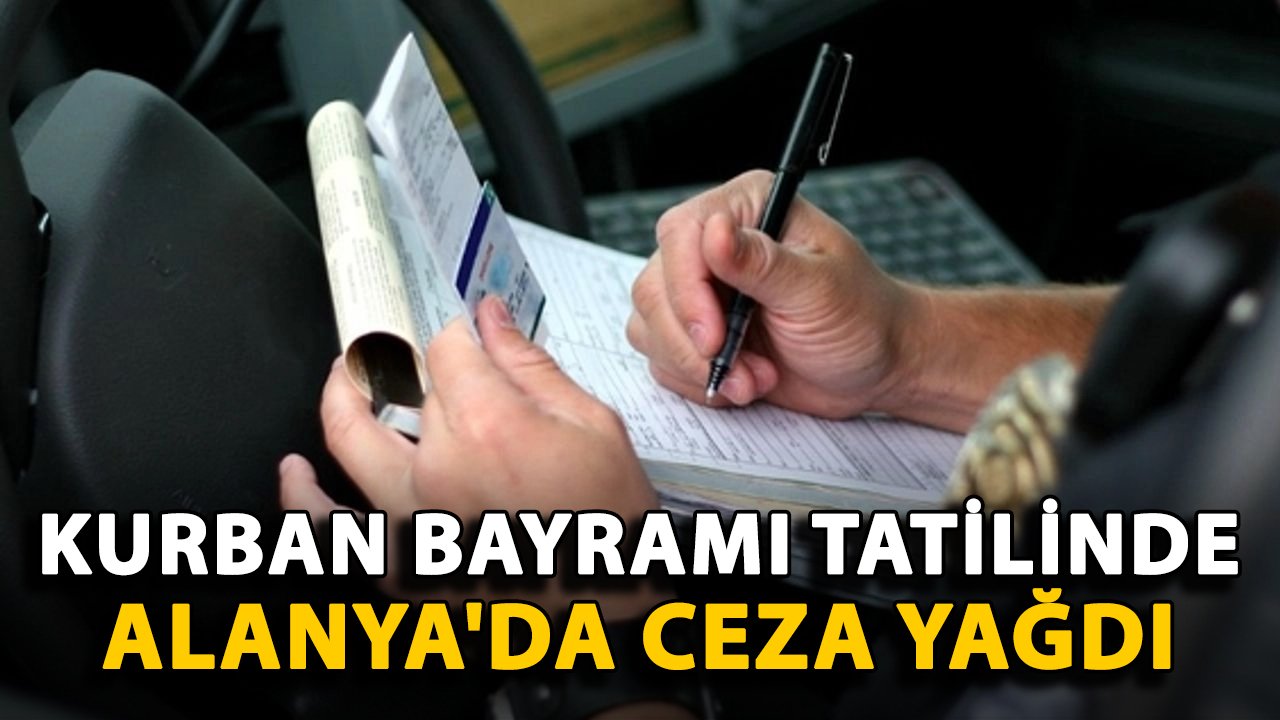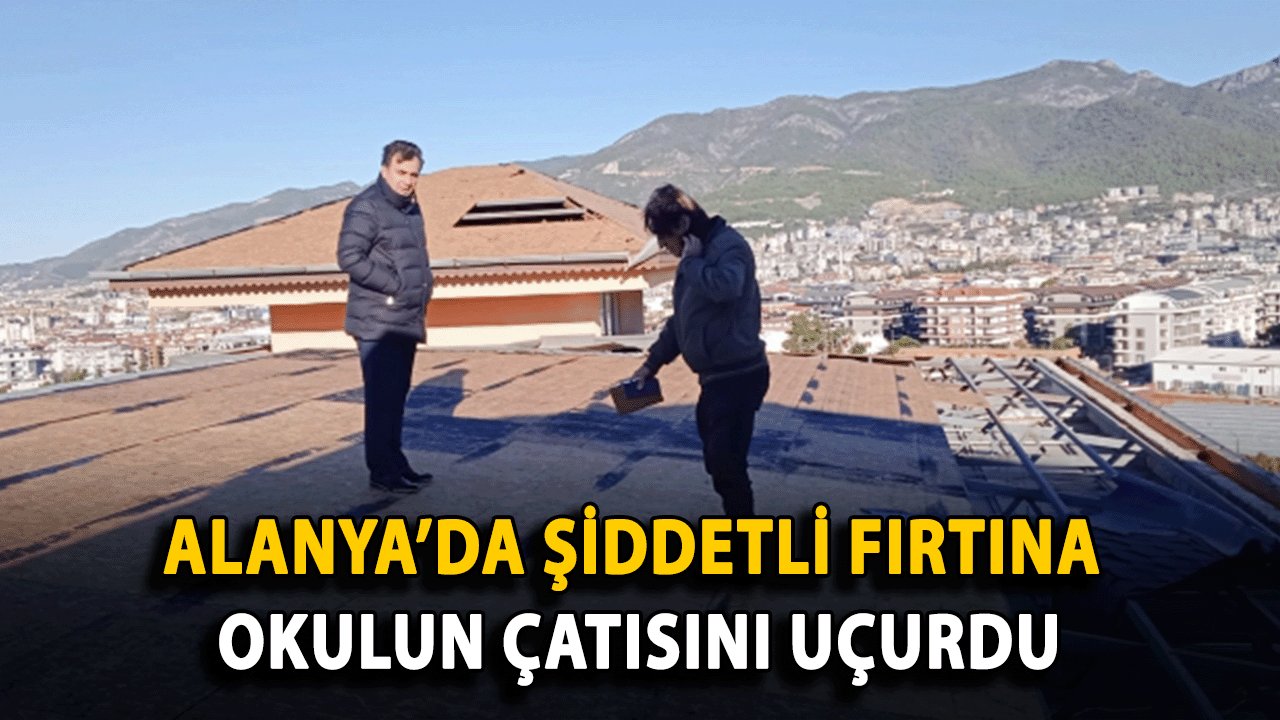CBRT Inflation Report: Inflation revision and policy tips, question and answer section
At the 2nd Inflation Report Briefing of the year to be held tomorrow, the CBRT is expected to update its year-end forecasts for inflation upwards. The pressure on inflation has increased lately, with an increase in oil prices and a weaker lira,...


At the 2nd Inflation Report Briefing of the year to be held tomorrow, the CBRT is expected to update its year-end forecasts for inflation upwards. The pressure on inflation has increased lately, with an increase in oil prices and a weaker lira, in addition to existing factors.
We see that the factors that explain inflation and affect it upwards have recently been updated and have gained weight. The weakening of the TRY and the impact from oil prices are the main factors, and there are serious changes in both variables compared to the last reporting period. On the other hand; The increase in the exchange rate also has an additional effect on the increase in raw material prices and the cost effect from freight, and this increases the pricing of these goods in the domestic market. Cost is still accumulating in PPI, and it will cause inflation to remain high. These facts are on the verge of; Since the year-end inflation forecast of 9.4% has nothing to do with reality, a serious upward revision is required. This revision is not only for this year-end inflation; It will also have to be made upwards for the inflation forecast made for periods such as 12-24 months. How high the revision to be made to inflation will also give an idea about where the balance point of interest will be established. Therefore, we will have the opportunity to predict the degree of easing of the Central Bank. In order for the Central Bank to catch up with the market, it must make an inflation forecast that converges to 14% or above, otherwise a more future dovish stance can be perceived.
Regarding the use and re-establishment process of the reserves, We see that Mr. Kavcıoğlu did not get the answers of market participants and economy stakeholders what they expected from last week's live broadcast. What is the plan and how will the reserves be implemented? Since we know that certain period reserves were subject to sale in the previous policy period, what is the probability of an approach of “no rate hike, selling reserves” to keep the exchange rate under control? On the other hand, what strategy will be used to replace the reserves that were sold when the exchange rate was low in the previous period, at a stage where the exchange rate increases and reserves are more costly to buy again? This question will also show how the Central Bank will extend the re-establishment of reserves over a period of time, especially in order not to disturb the balance of supply and demand in foreign exchange.
I think the equilibrium real interest point and criteria will also be an important question. In particular, we know that inflation during the Ağbal period was taken as a criterion and interest rate hikes were made to protect against inflation. If the application of interest above inflation will continue, what kind of a weighting will be made between the actual and expected inflation, especially during the real interest giving phase? Will the cost of risk also be taken into account in real interest? As a result, both 16.5% and 19% is interest above inflation, for now… Due to Turkey's negative diverging credit risk profile and high inflation, a certain amount of interest application above the inflation realized in terms of making TRY more attractive and blocking the dollarization, How long will the rhetoric of tightening continue after "additional tightening” and "prolonged tight stance" being removed from the policy statement? Especially Kavcıoğlu's explanations regarding these questions will be of critical importance and will give more insight into the current plan of the CBRT.
Kaynak
Hibya Haber Ajansı















Türkçe karakter kullanılmayan ve büyük harflerle yazılmış yorumlar onaylanmamaktadır.